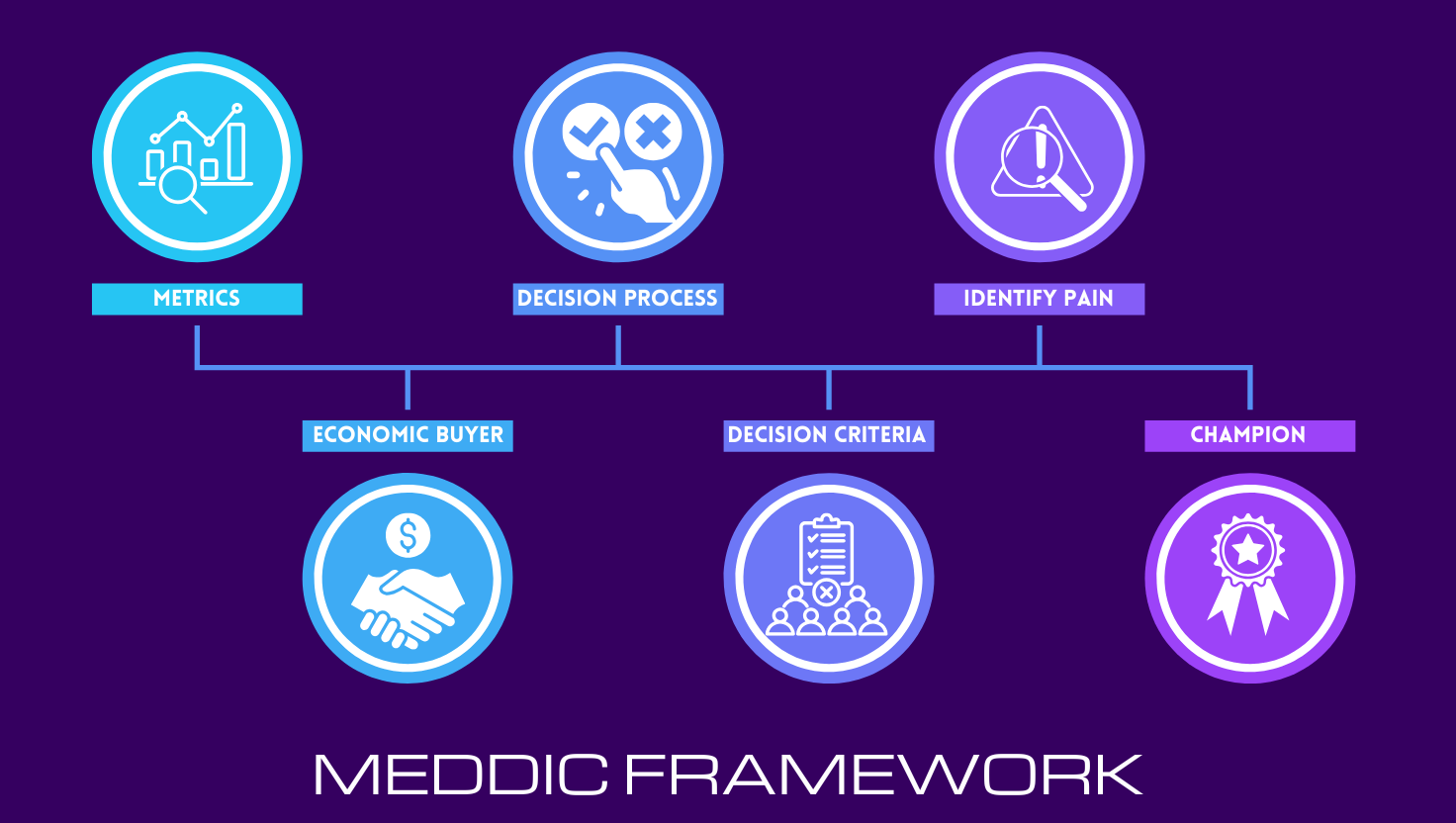How to Build a Culture Around GTM Analysis
Your go-to-market (GTM) strategy isn’t just a set of tactics—it’s a living, breathing system that requires ongoing analysis and refinement. But too often, organizations treat GTM analysis as an afterthought, something relegated to quarterly reports rather than an everyday practice. If you want to drive sustainable growth, you need to embed a culture of GTM analysis across your entire organization.
Why GTM Analysis Culture Matters
When GTM analysis is woven into the fabric of your company, teams:
- Make data-driven decisions rather than operating on gut instinct.
- Align sales, marketing, and customer success on shared goals.
- Identify bottlenecks and optimize conversion rates in real time.
- Improve forecasting accuracy and revenue predictability.
Creating this culture doesn’t happen overnight, but with a structured approach, you can ensure that GTM analysis becomes a core part of your operations.
1. Establish Clear GTM Metrics
Before you can build a culture of analysis, you need to define what you’re analyzing. Standardized metrics create alignment and eliminate confusion across teams.
Steps to Define GTM Metrics:
- Standardize definitions across teams – Ensure marketing, sales, and customer success speak the same data language.
- Align on a shared data model – Create a unified approach to analyzing pipeline health and customer journey milestones.
- Make data accessible – Store and visualize metrics in a centralized dashboard that all teams can use.
To streamline this process, consider using SaaSTrack , a platform that automates the tracking of GTM metrics and ensures consistency across your revenue operations.
2. Integrate Analysis Into Daily Workflows
To make GTM analysis a habit, it needs to be part of the daily workflow—not just an occasional check-in.
How to Embed Analysis into Everyday Work:
- Automate reporting – Set up real-time alerts and dashboards that track conversion rates, pipeline velocity, and sales efficiency.
- Encourage metric-driven conversations – Incorporate GTM data into weekly team meetings and strategy sessions.
- Hold leaders accountable – Ensure executives reinforce the importance of data-backed decision-making.
3. Foster Cross-Team Collaboration
GTM analysis isn’t just a sales or marketing function—it’s a company-wide effort. When teams work in silos, valuable insights are lost.
Tactics to Drive Collaboration:
- Create a GTM council – Establish a cross-functional group responsible for analyzing and refining GTM strategy.
- Share insights widely – Make data-driven learnings accessible across departments to drive continuous improvement.
- Host monthly GTM retrospectives – Encourage teams to reflect on performance, discuss findings, and identify improvement areas.
4. Empower Teams with the Right Tools
Even the best GTM culture will fail without the right technology to support it. Your tech stack should streamline data collection, reporting, and analysis.
Key Tools for GTM Analysis:
- CRM and automation platforms – Ensure customer and sales data is consistently tracked and easily accessible.
- BI and analytics tools – Provide teams with robust reporting capabilities to analyze trends and patterns.
- AI-powered forecasting – Leverage AI insights to predict pipeline performance and optimize revenue operations.
By implementing SaaSTrack , your organization is not only automating GTM tracking but also setting the foundation for layering AI on top of Salesforce. With clean, structured data, AI can enhance forecasting, predict customer behavior, and refine revenue strategies with precision.
5. Make GTM Analysis a Continuous Improvement Process
A culture of analysis isn’t static—it evolves as your business grows. Regularly revisiting and refining your GTM strategy ensures long-term success.
Steps to Keep GTM Analysis Evolving:
- Monitor key trends over time – Track how conversion rates and pipeline efficiency change based on GTM optimizations.
- Collect feedback from frontline teams – Sales reps, marketers, and customer success managers often have valuable insights that data alone can’t provide.
- Iterate and refine strategy – Use data-driven learnings to adjust GTM tactics, optimize processes, and improve overall execution.
Final Thoughts
Building a culture around GTM analysis isn’t just about looking at data—it’s about making data a driving force behind every decision. By standardizing metrics, embedding analysis into workflows, fostering collaboration, leveraging the right tools, and continuously improving, you can create a GTM culture that drives predictable revenue growth.




